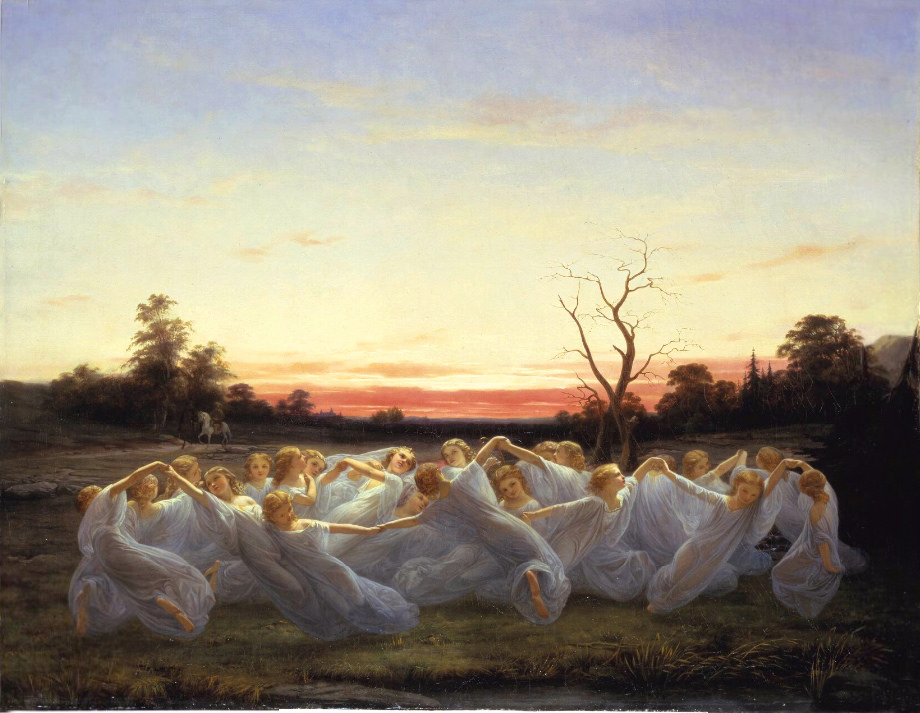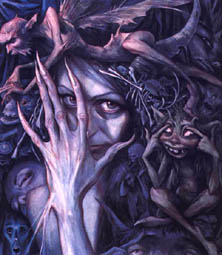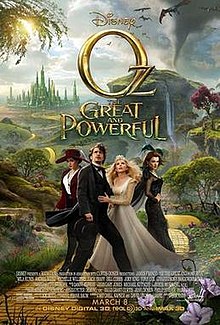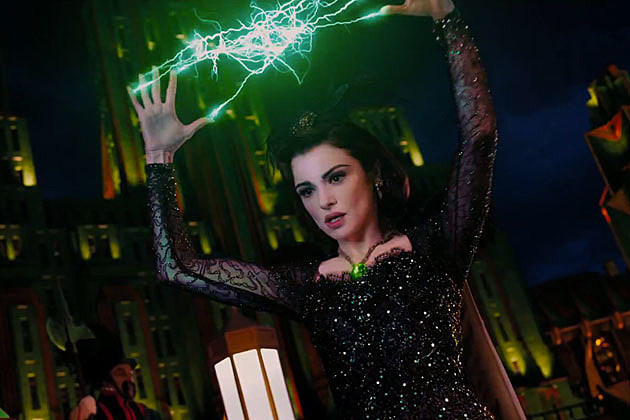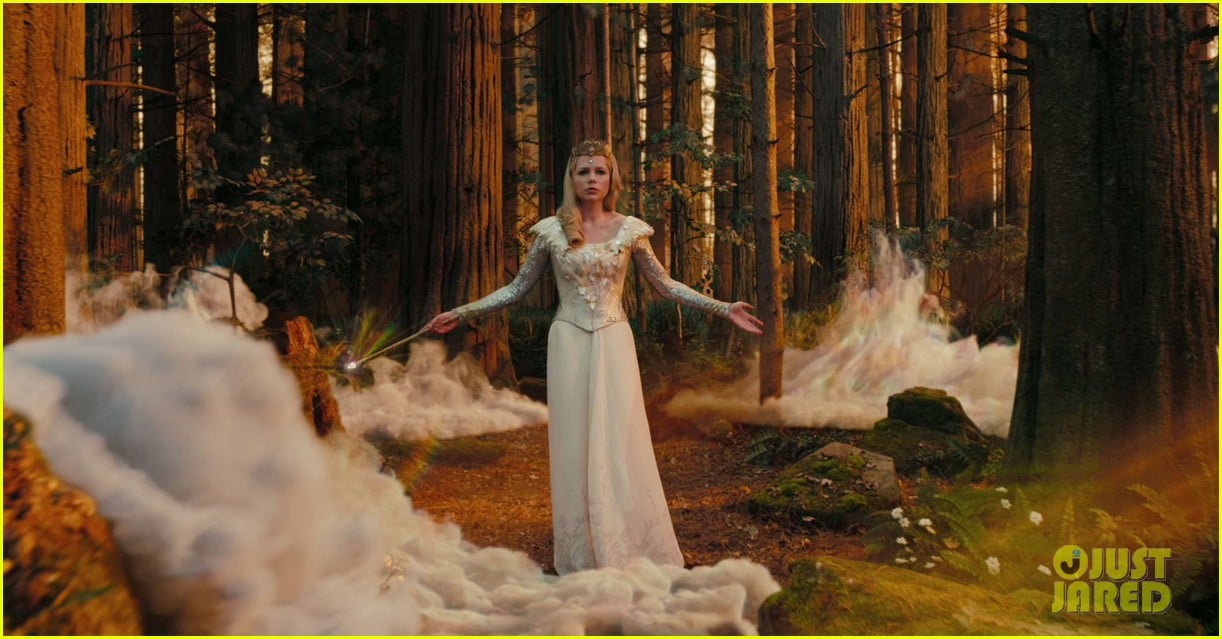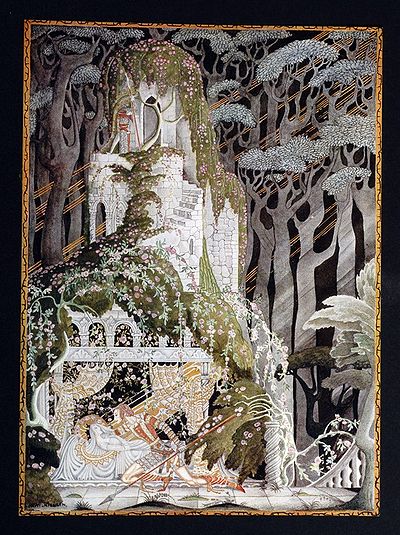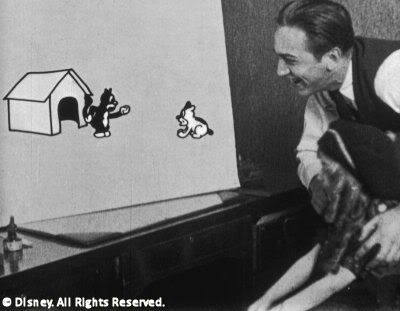This is also taken from Jack Zipes' essay, "Breaking the Disney Spell," addressed
here. And before I begin, I personally think one of the best honest looks at how Disney's Snow White affected perceptions of fairy tales is Christie's post on
Spinning Straw Into Gold,
The Domestication of Dwarfs.
After Disney almost faced bankruptcy in 1928 because a several of his best animators were hired to work for another studio, he became disillusioned with the cutthroat competition of the film industry and vowed to maintain complete control over all his productions. This is something Disney is often accused of, and not to excuse him, but it does give insight into why he was so unwilling to take advice from others.
Fortunately for him, by the end of that year he had found success with a new character, Mickey Mouse. His cartoon shorts in the early 30s, such as
The Three Little Pigs, involved fairy tale characters that were comforting to people in the Depression, as the pigs were the hardworking American people and the wolf was the Depression itself.
Disney became known for inventing new ways to improve animation. Continuing in that tradition, he became the first animator to make a full-length,
hand-drawn animated film,
Snow White. Even Jack Zipes credits it with being the first full-length animated fairy tale film, but that honor goes to
Lotte Reiniger. Hence the hand-drawn distinction.
Still, Disney knew he was making history. Zipes says, "Disney had to be consulted and give his approval for each stage of development. After all, Snow White was his story that he had taken from the Grimm Brothers and changed completely to suit his tastes and beliefs."
Zipes highlights the main changes Disney made to the story. Here is my take on each one-
1. Snow White is an
orphan-to be fair, the present but uncaring father in many fairy tales is a problem for anyone who wants to make a fairy tale into a full-length novel or movie. You have to either explain away why the father doesn't interfere or just kill him off. Killing him off is easier since he's not a featured character in the fairy tale anyway.
2. The
Prince appears at the beginning of the movie, where he and Snow White fall in love. Zipes keeps harping on the fact that the Prince enforces gender stereotypes and the fact that he shows up at the beginning and rescues her at the end means that Snow White is incomplete without a male. Firstly, any fairy tale featuring a male protagonist usually has him end up with a wife at the end so I don't think either one is sexist, just an expression of the human desire to have the intimacy of marriage. Secondly, I think Disney's Prince, though utterly devoid of personality, is
MUCH preferable to the Grimms-who has no idea who Snow White is, only sees a hot girl in a coffin, says he must have her, and takes her home with him, where the apple falls out while the coffin is being jostled on the road.
I would much rather have love at first sight that for Snow White to be literally a sex object!
3. The Queen is not only jealous of Snow White's beauty, but of the fact that her
beauty has attracted a suitor-I think this is a reasonable interpretation and the main reason people are jealous of others with beauty.
4.
Anthropomorphous animals-I don't have too strong an opinion about this, just in the context of
Snow White. In one movie it wouldn't have mattered but it's become a pattern where animals, toys, even household objects become anthropomorphous. It just serves to become another stereotype, and enforces the idea that fairy tales are for young children and not serious matter for adults as well, which is unfortunate.
5.
The Dwarfs are hardworking, rich miners, which take on human characteristics. Again, see
Christie's post for an intelligent opinion about the dwarfs.
6.
The Queen comes one time instead of three. -While the pattern of threes is inherent to folklore, it does make Snow White seem really stupid to fall for the same trick three times. I don't mind that she only comes once.
7.
Snow White is awakened by a kiss-not the jostling of a coffin as in the Grimms. Again, though that has become a misinformed stereotype, I find it a better alternative to the Grimms.
Jack Zipes hates gender stereotypes, and finds it ironic that one area where Disney and Grimms are similar is that
Snow White earns her keep in the dwarf's house by doing housework. I would get very upset if, today, a man expected a woman to "stay in the kitchen." But housework is not a degrading thing to do-it is necessary and good. In my notes next to this paragraph, I wrote, "are they preaching a message or reflecting reality?" For most of human history, women have been in charge of taking care of house and home. Zipes condemns Disney for his "domestication of women," but
can we assume he was actively trying to keep women from doing other work? I don't know-maybe there's evidence that he was mysoginist. But I don't think we can
expect a man in the 1930s to be on the forefront of women's rights.
To put it another way: I enjoy seeing male characters today that take on the role of primary caretakers, but I never take it to mean that the maker of the movie/tv show is pushing an agenda to have all males stay at home, just presenting it as a valid option. So why are we so offended at a portrayal of a woman doing what most women actually did at the time?
I always come back to the fact that-whereas suppression of women was a real problem in the past, we can be grateful we live in a time where there is much more freedom for each gender to break beyond stereotypes. We don't have to resort to the opposite extreme and see all stereotypes as evil. I personally am not bothered by female characters who do housework. I currently earn my own living as well as taking care of my home, and it just doesn't occur to me to get offended.
Zipes' main other concern is that the Disney tale is presented to cleanly and perfectly packaged-"
geared toward non-reflective viewing...one-dimensional portrayal and thinking, for it is adorable, easy, and comforting in its simplicity." But taking it in context-the American people were in the midst of the Depression. They at least had an excuse for resorting to escapism in their entertainment. But the problem is this is the same pattern Disney continued with his other fairy tale movies, through a changing American scene. Also, he was gearing it towards children, and the one-dimensional, simplistic aspect of the stories is true of fairy tales in general, not just Disney. Plus, Snow White really does get downright creepy and disturbing at times, and Snow White has to go through difficult times before she gets that happy ending. I guess it boils down to
what we expect out of family movies-an hour or two of laughs and entertainment? Something to do together as a family? Or a deep and challenging message? Since Disney was pioneering the concept he didn't have a lot to live up to in order to stay at the top of his game. I think it's natural that the medium of films would grow from people initially just exploring this new technology, to eventually being able to use it to tell powerful stories that influence and challenge society.





